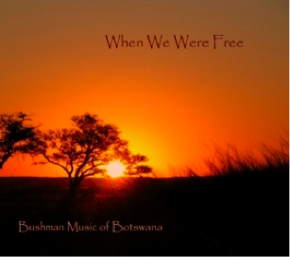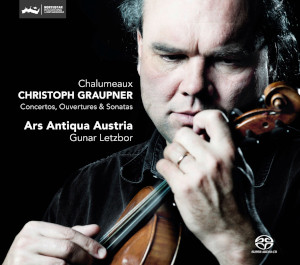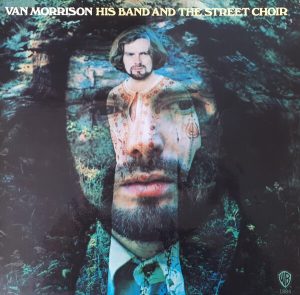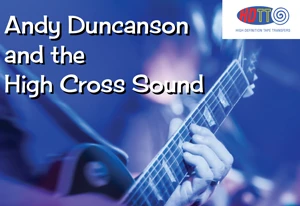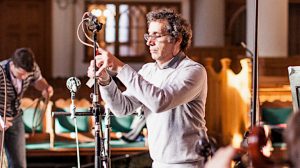When We Were Free: Bushman Music of the Kalahari
Rhythm is the prominent element of the music on these CDs: claps, rattles, single-stringed instruments with mouth or can as a resonator, thumb pianos. This is sad, passionate music. Some of it sounds like a collective expression of misery set to hypnotic, repetitive patterns of clapping. You need the notes to know that the music sings of ordinary life—hunting and bee collecting, for example—or accompanies trance dances and childrens' play. Some of the songs are sad:
I am a lonely man who lives alone;
There is no one to assist me.
God, come and help me,
So that I can live a better life.
...Liner notes on track 5 from Free
You need the liner notes, a web search, or Thomas's The Harmless People to know that the life portrayed in and sustained by this music pretty much ended in the first half of the 1900s when the Bushmen's' nomadic way of life became impossible to sustain.
I sought out this music and found Thomas's book after reading Grauer's, Sounding the Depths, which brings us to the title of this review.
Grauer draws on genetic, archaeological, and other evidence to make the case that the music of living Bushmen (AKA San) and Pygmy groups is very similar to the music made by the ancestors of all us who left Africa 70-100,000 years ago!
These peoples, now living thousands of miles apart, were once a single group, Grauer's history goes. Music began with this urgroup and traveled with humans as they moved around the globe, resulting in many similarities among very diverse musics (e.g., of indigenous peoples in Europe and Asia). Some music (e.g., Australian aboriginal) developed independently (in the aborigine case at least) because a natural disaster decimated the human species and the remaining humans created music again from scratch.
Grauer's work is ground-breaking and revelatory. Of course, we cannot know if he is correct, and you, dear reader, are probably thinking of objections to his thesis. The obvious one, how could music-making remain unchanged for thousands of years? Grauer anticipates in his careful assessment of the strengths and weaknesses of his thesis. His work deserves the attention of anyone curious about the origins of music and, indeed, anyone interested in what it is to be human.
It is easy to view this sort of music as "educational" and listening to it, a kind of music tourism. But all music is both cultural artifact and simply music, and whether we engage it as one or the other is a matter of purpose and inclination. I first listened to these recordings as artifacts: So this is what music (may have) sounded like a hundred thousand years ago? Wow! Pretty good! And, learning from Thomas and liner notes how this music was part of the lives of the people making it—children, adults, everyone participated in group pieces—I heard it as a kind of documentary of a (vanishing/almost gone/past) way of life. The more I listen to these CDs, though, the more they are simply music, interesting, danceable, and moving. I can almost imagine that this music could satisfy my 21st century desires to hear and make music.
The sadness, whether in the music or my projection, persists: The sadness of a lost, largely non-hierarchical, gender complementary, non-violent way of life in which music was inseparable from the rest of life and open to everyone, and the sadness that this way of life was destroyed by the forces that make possible our lives today, which give us these CDs.





